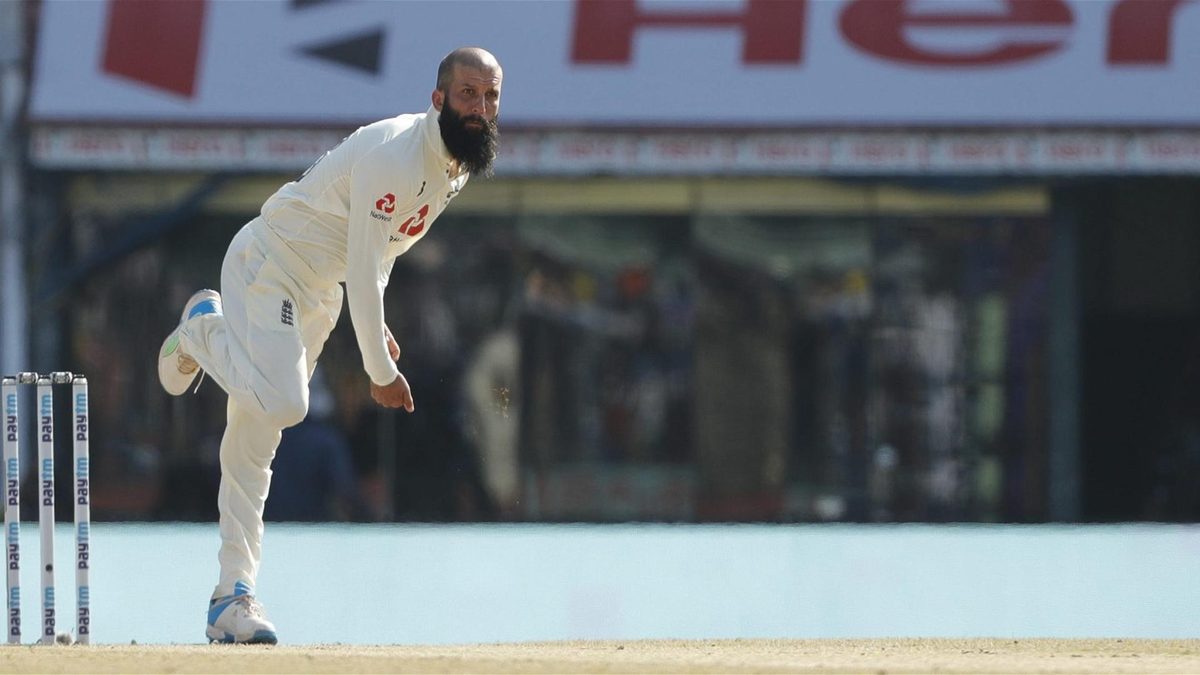
Ben Gardner tries to work out how a first-choice England XI would have fared if available for all four Tests against India.
Subscribe to the Wisden Cricket YouTube channel for post-match awards, player interviews, analysis and much more.
First of all, the obvious caveats and disclaimers. England’s rotation policy is well-meaning and necessary in some form or another. Even if you might quibble with the Test cricket/white-ball balance or the increasing importance of the IPL, it’s not in question that the demands of the cricketing calendar and the strains of a global pandemic mean expecting an international cricketer to be available for every game every time is unreasonable. Even if you conclude England would have drawn the series with a full-strength team, that doesn’t mean they were wrong to rest players.
Still, that doesn’t mean wild speculation and hypothetical what-ifs aren’t fan; indeed, it’s half the joy of being a sports fan, and, with England having won the first before being soundly beaten in the next three, it’s hard not to wonder what impact their deliberate absences had on the series result.
Let’s take it Test by Test. Clearly, the rotation policy didn’t make a difference for the first game. England were nearly full-strength, only diminished by the absence of Jonny Bairstow, who might well have played in Dan Lawrence’s place if available. England won convincingly.
The second Test saw the first meaningful departure, with Jos Buttler heading home after three consecutive games. There was also rotation in the fast-bowling department, but for the purposes of this exercise, we’re considering only the difference that players unavailable altogether would have made.
Buttler is undoubtedly a miss, having become one of England’s most reliable batsmen and a much improved gloveman too. However, that second Test wouldn’t have changed with the addition of one player. Ben Foakes, his deputy, was one of England’s best players, putting on a stunning display behind the stumps and crafting a well-made 42 not out in front of them. While England struggled with the bat, this game was lost with the ball, with Rohit Sharma and R Ashwin each making centuries on a turning pitch, cashing in on some wayward bowling.
So we go to the third, and, of all the games this is the one England might rue the most. Moeen Ali, having returned to Test arena in some style in the second Test, left ahead of the third. England, having lost faith in Dom Bess, asked Moeen to stay, so it is reasonable to assume that, had he agreed, England would have fielded two spinners for the day/nighter.
That could have made a difference. All but one wicket to fall fell to spin, but England’s attack was set up to exploit swing, with Jack Leach the sole frontline spinner on show. While Joe Root helped cover for the absence of a second spinner capably, taking 5-8 on the second morning, by that time India were already ahead in the game; had England had a second front-liner, perhaps they would have turned to twin spin on the first evening.
Despite the 10-wicket margin, this was a shootout of a contest. India eventually prevailed handsomely, but it felt like England were a punchy half-century in either innings from putting up a competitive total. It is, of course, not guaranteed that Buttler or Moeen would have been able to provide a counter-attack, but you would fancy them better placed to do so than Foakes or any of England’s lengthy tail for the third game. It’s arguable the rotation policy made a difference here.
The fourth Test was another thumping, with England well under-par with the bat and slipping to an innings defeat. Again, however, they had their chances. India were six down and still trailing in the first innings before Rishabh Pant and Washington Sundar took them to a match-defining lead.
England returned to Bess for this game, having admitted that they got the make-up of their team wrong for the third Test. However, the off-spinner struggled for consistency. Moeen is not a bowler renowned for his elite accuracy; a confidence player who has lacked for form for a while, it’s optimistic to suggest he would have answered all England’s issues. But given England were one or two breakthroughs from being in the game, it’s not unfair again to suggest that Bess’ presence significantly cost England.
Equally, it’s reasonable to wonder why, with Bess such a risk, why one of the reserves wasn’t pressed into action. That the Somerset man remained England’s third-choice spinner is an indictment of England’s spin stocks.
And then there are the even-more-intangibles. Ben Stokes had a muted series, and was worked over by R Ashwin. Would a two-Test warm-up against Dilruwan Perera have helped him work on his game against off-spin? Maybe, but then Ashwin is in a different class as a bowler.
Jonny Bairstow enjoyed a quietly successful return to Test cricket against Sri Lanka, but looked bereft of form after a two-game break. Had he been able to play through, would the story have been different? Perhaps, but Bairstow’s struggles in Test cricket are not new, and though he’s not a seamer, Axar Patel, bowling quickly and straight, was primed to target the stumps and take advantage of any lingering weakness.
So did the rotation policy make a difference? Possibly. But there are many more pressing concerns for England.
Perhaps the single biggest factor in their defeat was Root’s sensational form tailing off, and the lack of support from any of his teammates. His three hundreds were England’s only tons of the winter, and coincided with their only three wins. Were the English domestic set-up more conducive to spin training, both bowling it and playing it, they would likely have missed their all-format players less. It’s natural to wonder what might have been. But if England are to avoid a repeat next time, they would be better off examining the weaknesses of the players they had with them rather than focussing on the skills of those they didn’t.








